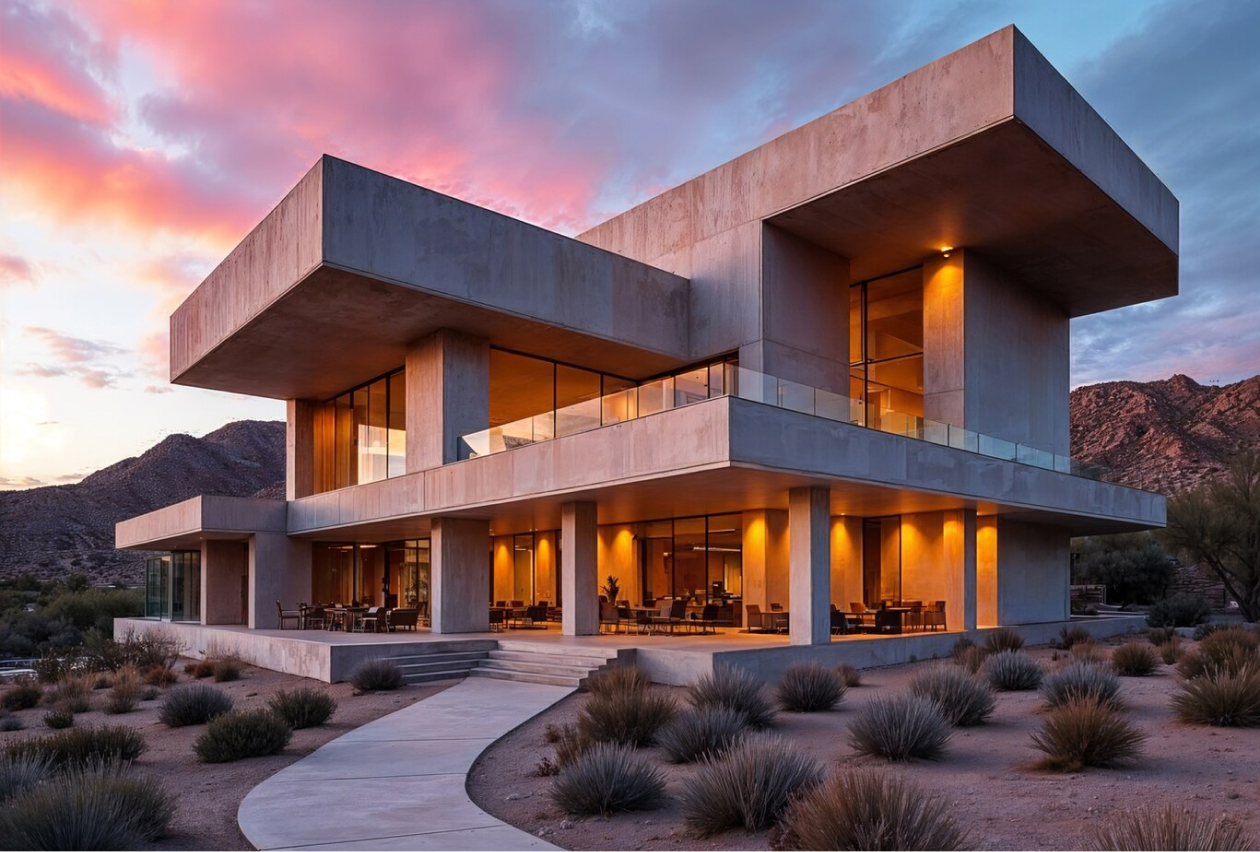
daptive reuse is transforming how cities evolve. Instead of demolishing old structures, architects breathe new life into them—preserving history while meeting contemporary needs.
This approach reduces construction waste, conserves resources, and maintains cultural heritage. Abandoned factories become art studios, and historic warehouses evolve into vibrant homes and offices.
Adaptive reuse also revitalizes communities. It turns forgotten neighborhoods into thriving cultural and economic hubs, fostering a sense of continuity and belonging.
By blending preservation with innovation, architects showcase how sustainability and creativity can coexist. Each restored building stands as a testament to progress grounded in respect for the past.
Adaptive reuse transforms old buildings into vibrant new spaces. This approach preserves heritage while reducing waste and environmental impact in urban areas.
By reimagining the purpose of existing structures, architects connect the past with the present. The result is sustainable urban growth that honors history while creating opportunities for modern life.

Contemporary interiors blend elegance with practical design
- Balanced modern aesthetics: Open layouts, sustainable materials, and warm tones define spaces that prioritize comfort and visual harmony in daily living.
- Purpose-driven functionality: Designers focus on adaptable furniture, efficient lighting, and eco-friendly textures that enhance the quality and experience of interior life.
Old structures find new purpose through the art of adaptive reuse.
Architects reimagine abandoned factories, warehouses, and offices into vibrant, modern spaces. This approach conserves resources, preserves history, and reduces environmental impact. Adaptive reuse blends heritage with innovation, demonstrating how smart design can renew cities without erasing their cultural and architectural legacy.





